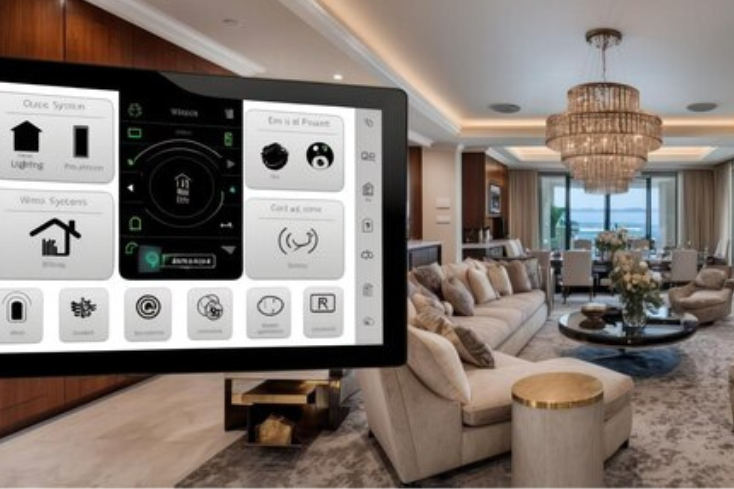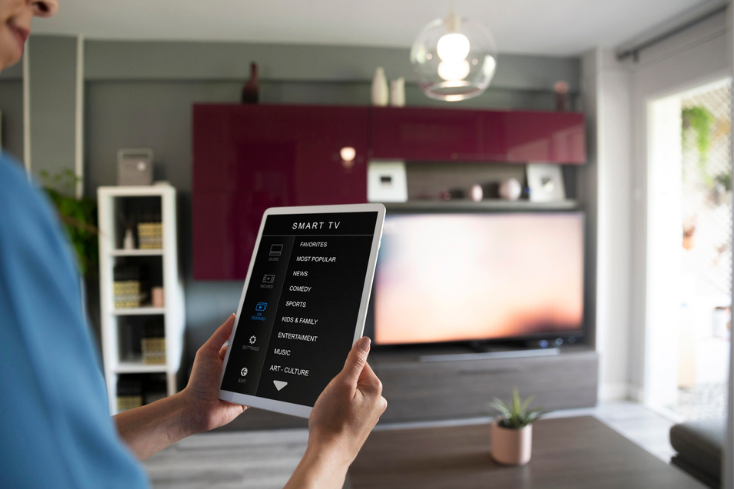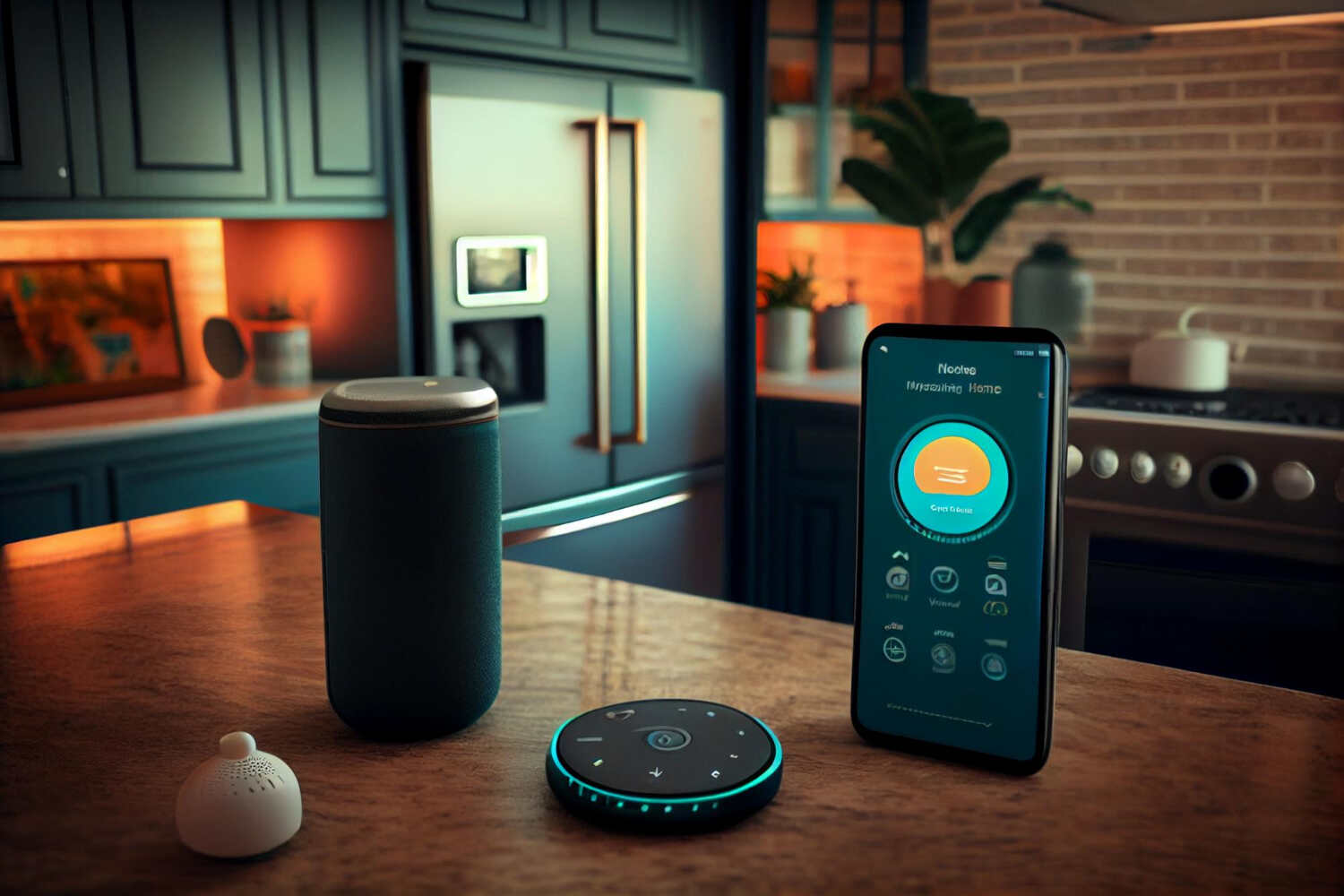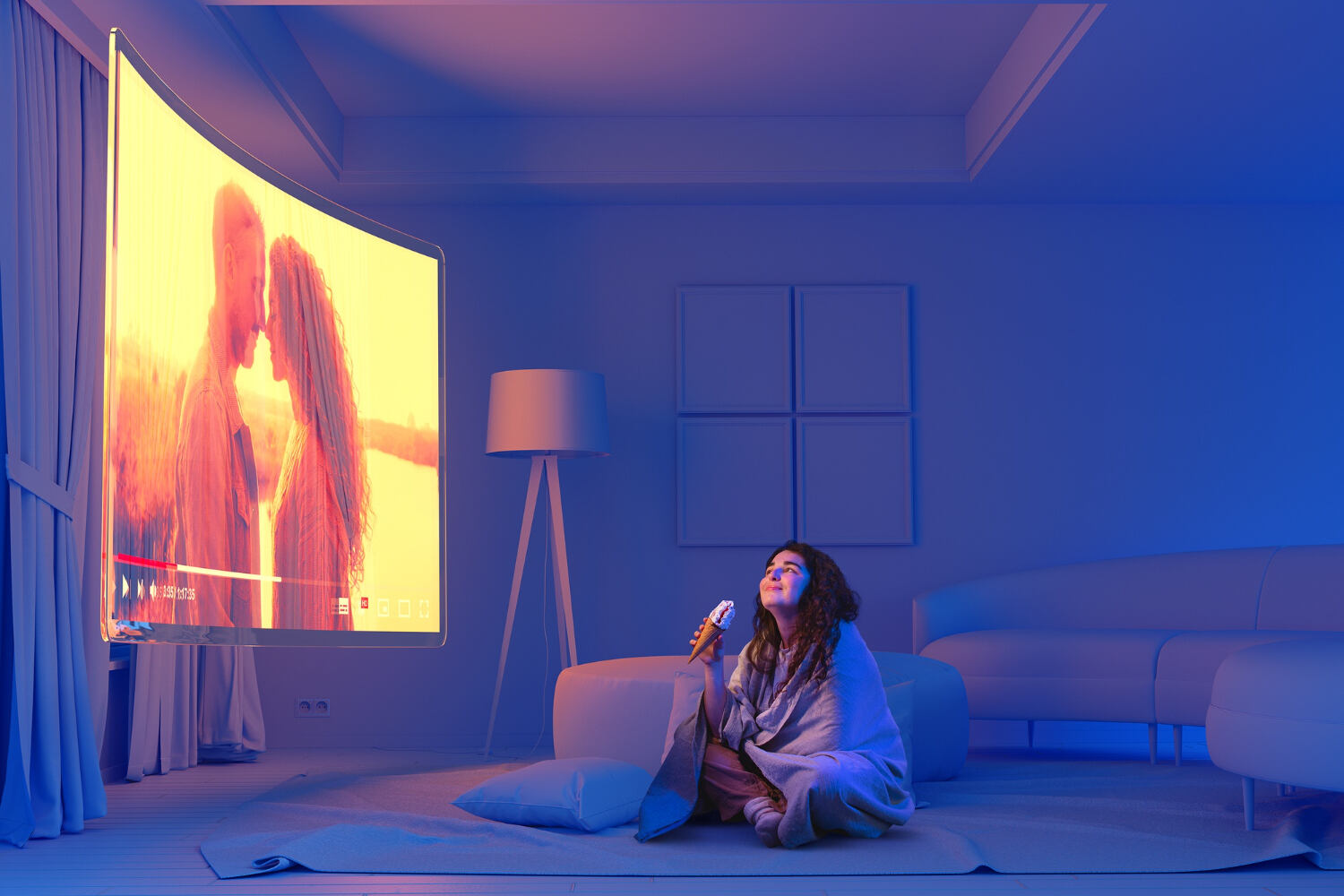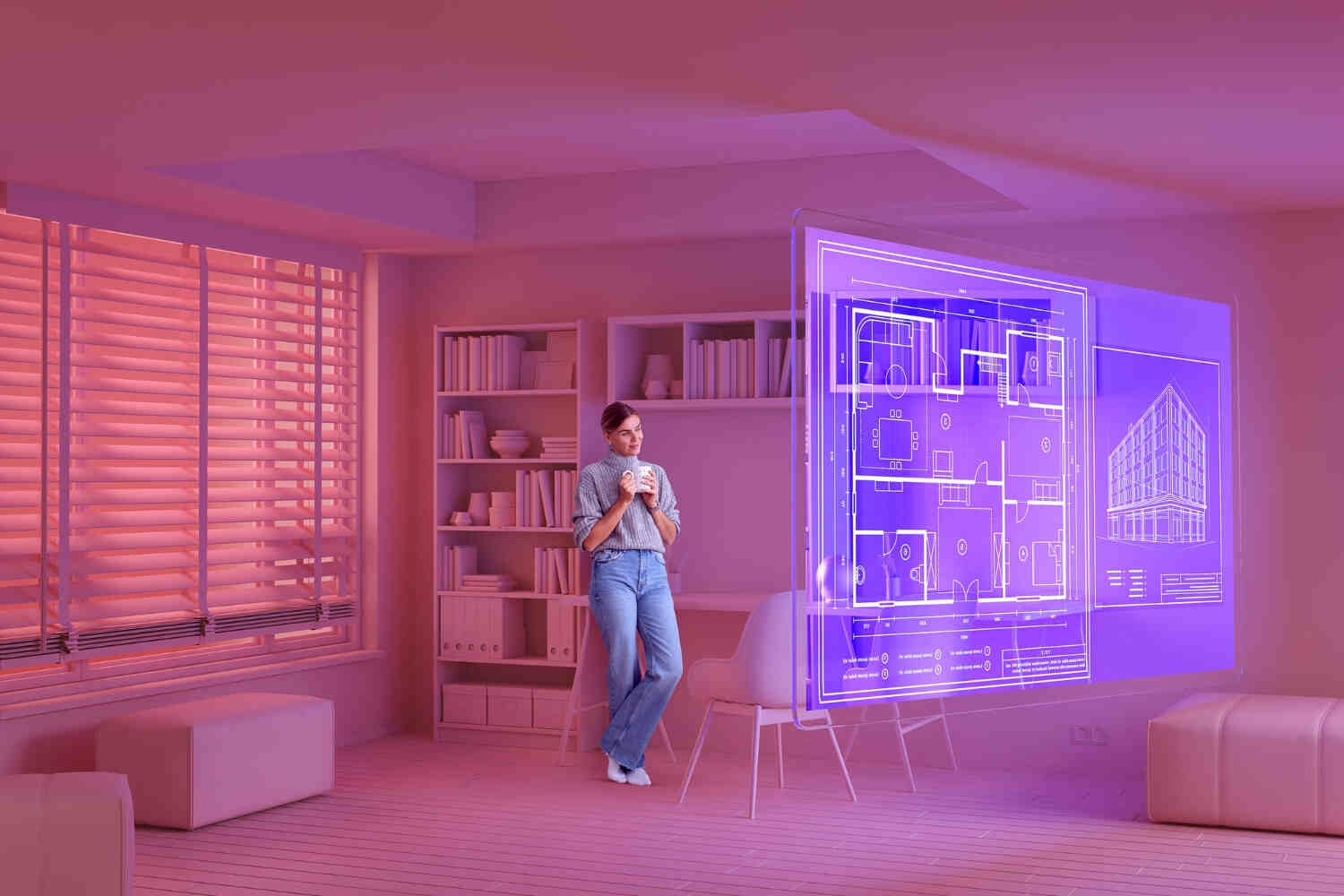The way of living is getting smarter, making the interaction between human beings and their living space different. Automatic lighting temperature control, and advanced security systems are changing our everyday lives with home automation.
If you’re looking to bring state-of-the-art technology to your home, you need the best home automation system. Find out which is the top 10 smart home companies lead the way for you.
- Control4: The Ultimate Smart Home Experience
One of the best-known home automation companies is Control4. This company provides lighting, climate, security, and entertainment solutions in one customisable and user-friendly application. They are capable of satisfying most smart home requirements with their adaptable systems.
- Crestron: Luxury Home Automation at Its Best
Crestron Luxury automation systems seamlessly integrate lighting, climate control, shading, and entertainment into homes. With regards to their trustworthiness, reliability, and advanced functionality, the brand has always delivered high quality on time, leaving most home developers confident that everything is perfectly right in these super-high-end dwellings.
- Lutron: Effortless Control for Lighting and Shading
Lutron lighting and shading control systems are incredibly innovative, but they will hardly be noticed once installed in the home environment. Lutron ensures energy efficiency as it brings in advanced smart lighting solutions that could enhance comfort at home and ensure reduced energy usage.
- Savant: High-End Home Automation for Entertainment Lovers
Savant is a personalised, high-end home automation system that focuses on the best audio and video experience. They have seamless integration of all systems so that it’s easier to control lighting, climate, and entertainment in your home.
- Amazon Alexa: The Voice-Controlled Smart Home Revolution
With Alexa from Amazon, the smart home technology has found a household name. Compatible devices from a variety of manufacturers are used to enable the control of lights, security systems, and anything else through just your voice. It’s an excellent option for anyone seeking to add voice control to their smart home installation.
- Google Nest: Simple Smart Home Solutions for Every Household
Google Nest company is popular for smart thermostats, cameras, and smoke alarms. The easiest control of your home’s climate and security from a phone takes place through such appliances. Their integration with other automation systems in the house makes them a favorite among smart home lovers.
- Apple HomeKit: Effortless Integration with the Apple Ecosystem
It connects your devices through the Apple ecosystem and lets you use Siri or the Home app to work locks, lights, and thermostats. For users already in the Apple ecosystem, HomeKit is a seamless and integrated experience.
- Vivint: Secure and Smart—Perfect for Modern Homeowners
Vivint is a smart home company with expertise in security and automation in homes. The company provides professional installation, which also features smart locks, security cameras, and climate control systems. As a result, Vivint has emerged as one of the most trusted names in home automation.
- ADT Pulse: Your Trusted Partner in Home Security Automation
ADT Pulse features a comprehensive system of home automation, focusing strictly on security issues. Their more advanced monitoring capabilities and the functionality to control door locks, lighting, and even thermostats from a cell phone make ADT Pulse the best choice when smart home security is needed.
- Usam (Jaipur): Your Local Home Automation Experts in Jaipur
Rounding off the list is Usam, the leading smart home installation near me, a company based in Jaipur. Usam focuses on smart home installations and delivers customized home automation systems according to your lifestyle needs. Whether it’s a home theatre system, lighting automation system, or full-fledged home automation solutions, Usam ensures a perfect integration of devices. So if you’re searching for home automation companies near me, then surely Usam must be on top of the lists for homeowners in Jaipur and its other neighboring places.
Benefits of Home Automation in a Nutshell
Home automation benefits one practically through:
- Convenience
Manage lights, climate, and security anywhere and anytime through your smartphone or smart systems.
- Energy Efficiency
Smart systems can make appropriate changes based on your schedule so that the house does not waste too much energy, hence, cutting utility bills.
- Better Security
Real-time monitoring of the home with the aid of smart cameras, locks, and motion detectors keeps it always safe.
- Personalization
Make lighting and temperature settings available according to an individual’s liking for improvement of comfort around the clock.
- Appreciation in Property Value
With smart home technology, your property value increases and attracts tech-savvy buyers.
- Remote Control
Monitor and control your home’s systems from anywhere either from within your home or from any remote location.
- Improved Comfort
An automated system makes your home comfortable by automatically adjusting aspects such as lighting and temperature according to your routine.
Conclusion: Transform Your Living Space with Smart Automation
Home automation provides increased convenience, security, and energy efficiency for easier living and efficient homes. Whether looking for home automation companies near me, as well as a smart home installation near me, companies like Usam in Jaipur serve your purpose. Investing in the best home automation system can also enhance the value of your home while bringing more comfort to you. Choose the smart thing today and get connected and efficient living.
FAQs About Home Automation
Q1. What is home automation?
Ans. Home automation is having smart technology that controls different systems in a home, either through remote access or automatically controls lighting, climate, entertainment, and security.
Q2. In what ways does a smart home enhance security?
Ans. Smart homes improve security as you can view your home remotely, lock/unlock your door, view cameras, and get instant alerts of any unusual activity.
Q3. What is the best home automation system?
Ans. Usam has designed the best home automation for the various needs of any home. One system may favour lighting or entertainment. Others require maximum security and minimal energy management. Usam’s solutions come according to a customer’s requirements.



